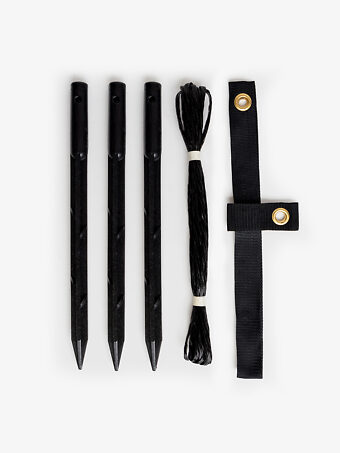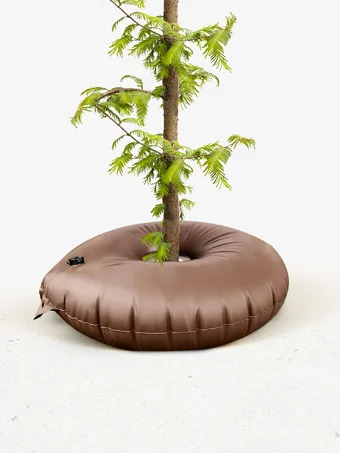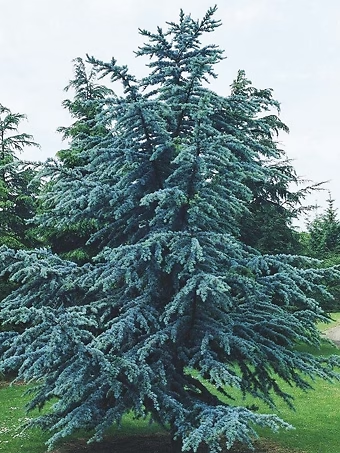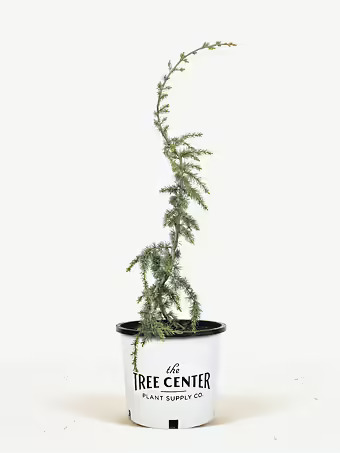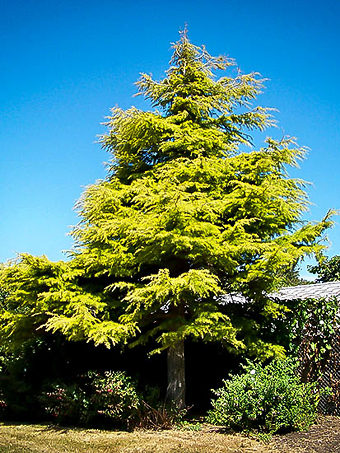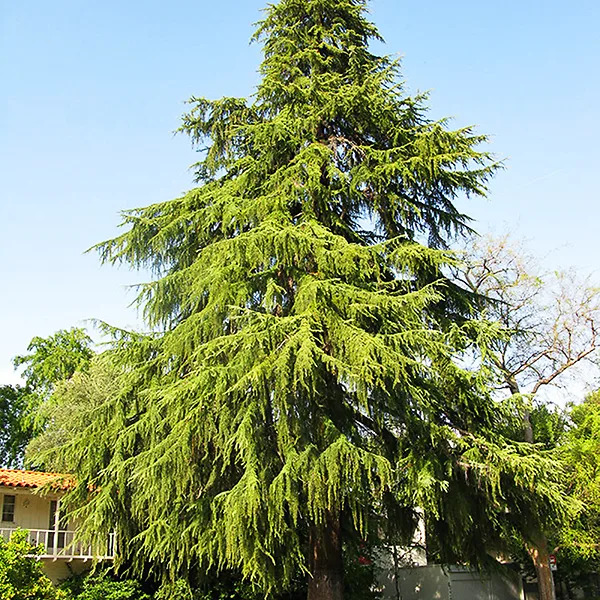

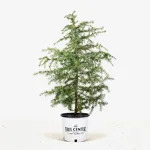
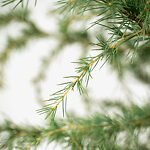

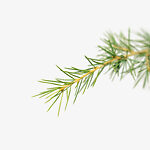

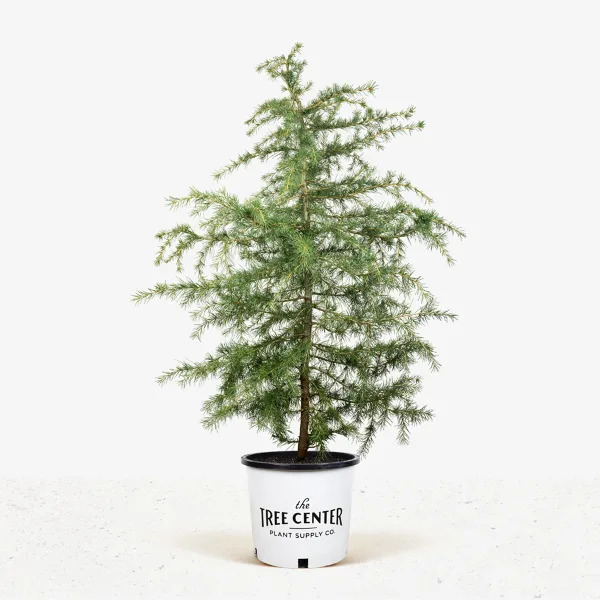
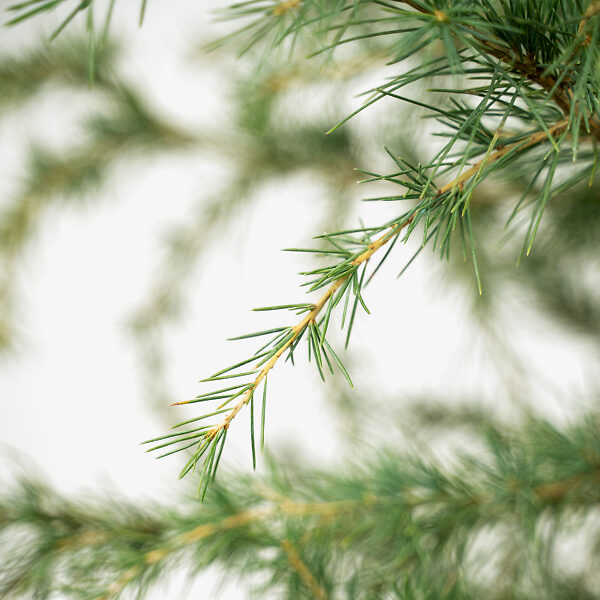
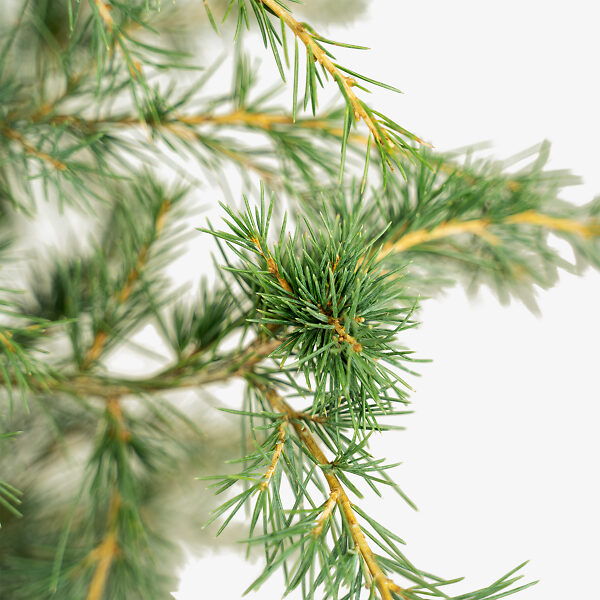
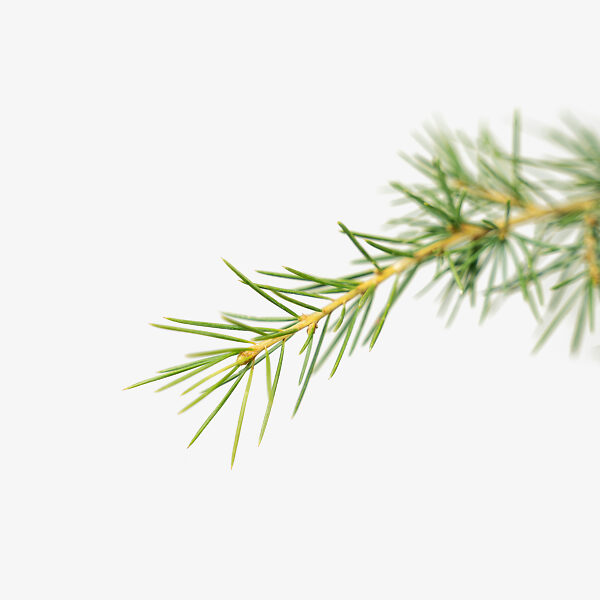
Deodar Cedar Tree
Cedrus deodaraView more from Cedar Trees
Deodar Cedar Tree
Cedrus deodara
Buy in monthly payments with on orders over $50.Prequalify now
on orders over $50.Prequalify now
this item doesn’t ship to
The Deodar Cedar is the perfect evergreen for a dramatic specimen tree in a larger garden. Unlike other evergreens that are often rather plain upright or rounded trees, this tree has the most gorgeous and elegant form, with broad, widely-spaced horizontal branches and slightly pendulous younger shoots. Older trees have large cones arranged upright along the branches. This tree has been loved for 200 years in Europe and America, having been brought over from its natural home in northern India. It grows as much as 2 feet in a year, so it will soon mature from a lovely young tree into a mature specimen that will grace your garden with eye-catching drama and beauty. This tree is widely regarded as the most beautiful of all the evergreen trees. If you need the perfect lawn specimen for a larger property, you have just found it – this tree is so beautiful you will celebrate the day you planted one.
- Gorgeous evergreen specimen tree
- Graceful horizontal growth with weeping branches
- Beautiful soft, grey-green needles all year round
- Hardy to minus 10 and heat tolerant too
- Adaptable to all soils and drought resistant
Deodar Cedar will grow well in all the warmer parts of the country, thriving in most soils and free of serious pests or diseases. It is hardy to between 0 and minus 10 degrees and is drought resistant when established. It will grow in soils from sand to clay, and after some initial regular watering it will just thrive and grow with no attention or trimming needed to develop. Every tree matures into a unique individual form and each one really is a thing of plant of great beauty.

Botanical Name:
Cedrus deodara
Mature Width:
20-40 ft
Mature Height:
40-70 ft
Grows Well In:
Zones 7-9

Sun Needs:
Full Sun
Water Needs:
Moderate
Growth Rate:
Medium



